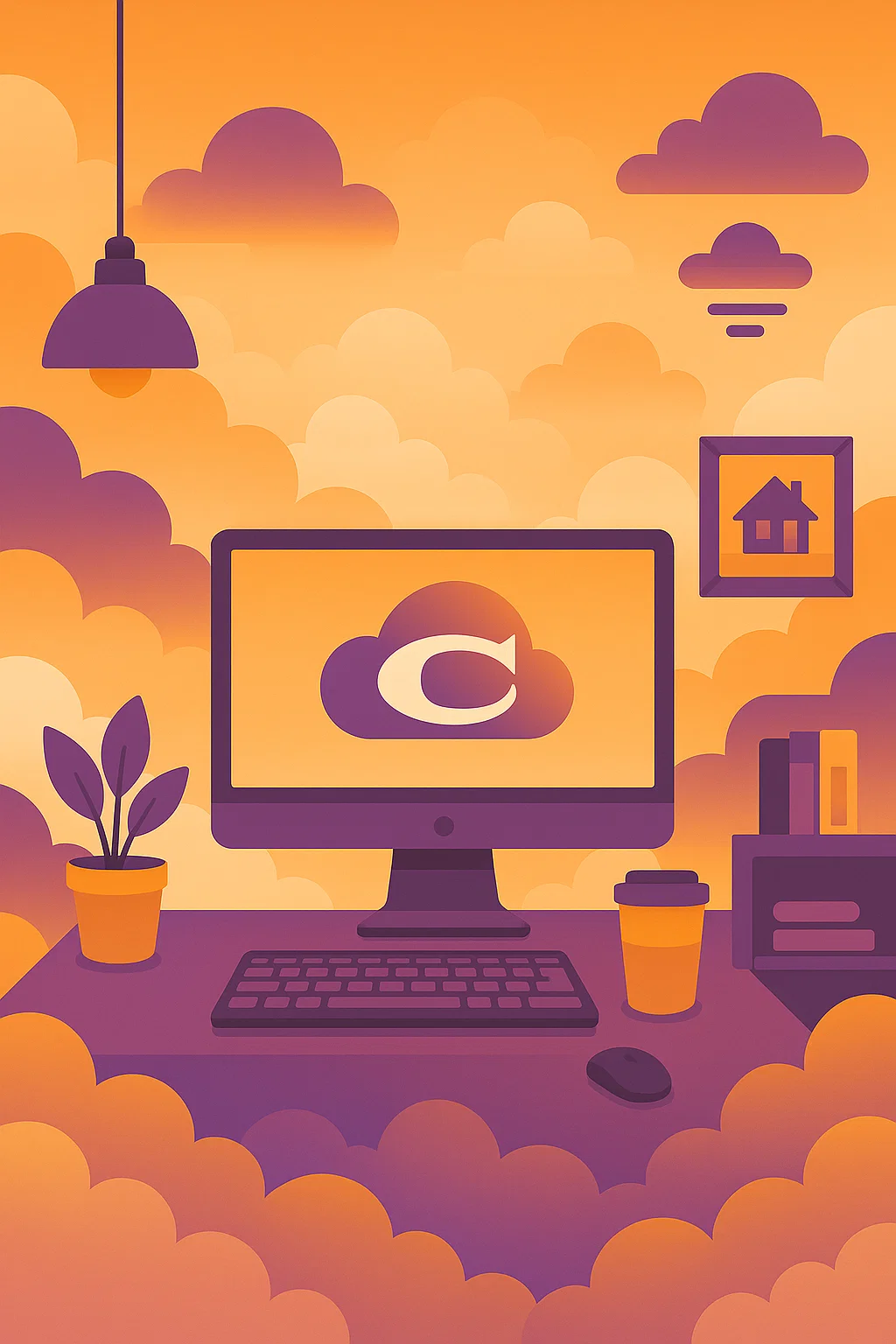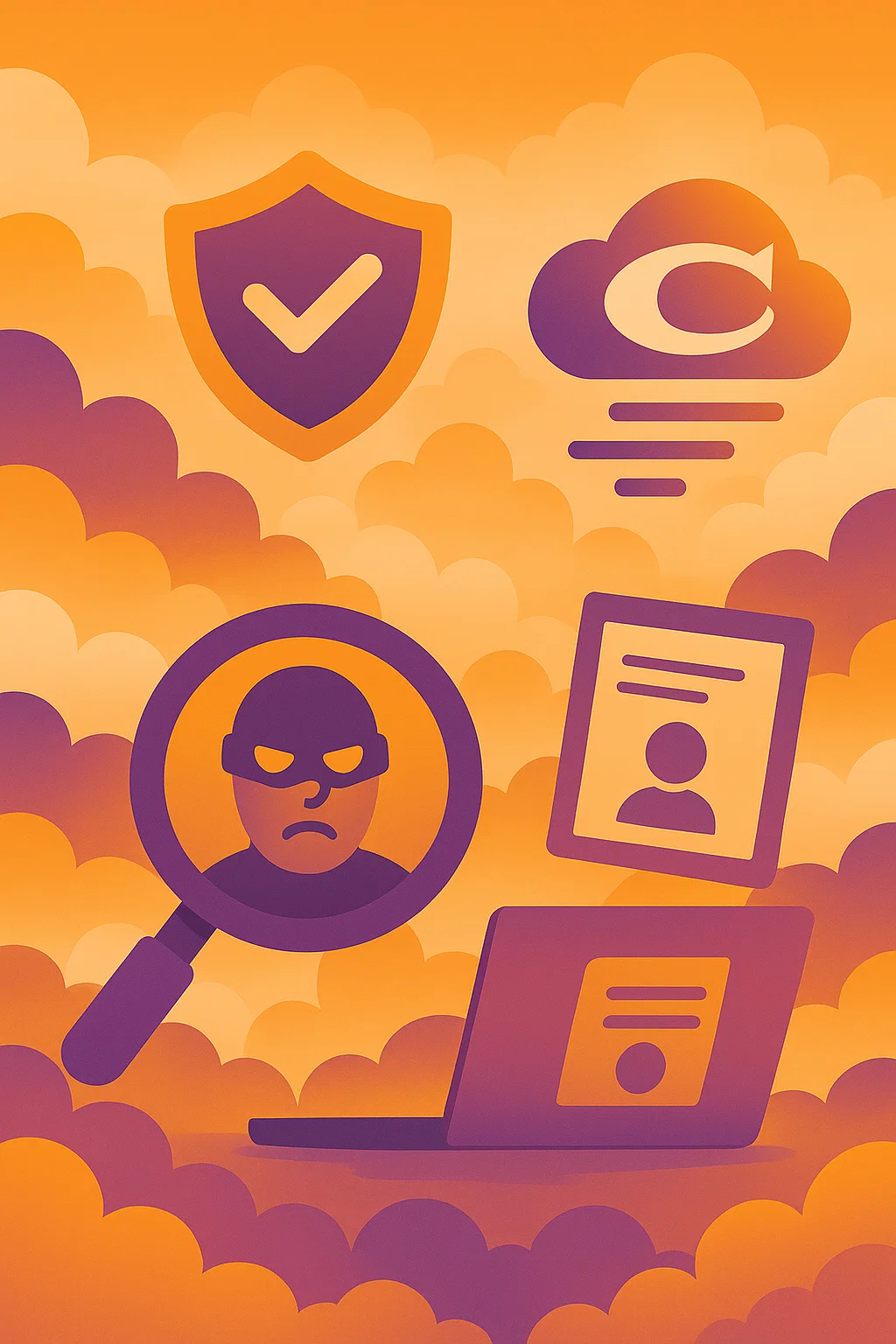Chapter 1: The Reality of Remote Travel
Remote work and travel sound like the dream: answering emails from a hammock in Bali, hopping between European cafes, or coding with a mountain view. But here’s the truth — without planning, that “freedom” quickly turns into stress, missed deadlines, and burnout. So here is how to work remotely while traveling.
The digital nomad lifestyle isn’t a vacation. It’s real work that just happens to take place somewhere new.
What Most People Get Wrong
Many first-time digital nomads assume they can wing it. Book a cheap flight, bring a laptop, and work from anywhere, right?
❌ Not quite.
Without stable internet, quiet space, or a time zone strategy, even simple tasks can become frustrating. Worse, some destinations that look dreamy on Instagram aren’t practical for getting work done.
A new remote copywriter tried working from hostels across Europe but struggled with noisy environments and weak Wi-Fi. After switching to coworking-friendly Airbnbs and using a SIM-based hotspot, their productivity—and income—rebounded.
What You Actually Need
To successfully work while traveling, you’ll need a portable routine, basic remote infrastructure, and a mindset that treats work as the priority—not the backdrop.
This post will walk you through exactly how to:
- Pick travel spots that support your workflow
- Stay connected and secure
- Build a lightweight remote office setup
- Focus in unfamiliar environments
So if you want to explore the world without dropping the ball on clients, calls, or creativity, you’re in the right place.
Chapter 2: Choose Your Base Wisely
Not all destinations are created equal when it comes to remote work. The right location can supercharge your productivity—while the wrong one can tank your Wi-Fi, your sleep, and your client relationships.
Use tools like Nomad List or our full remote work toolkit to verify internet quality and plan ahead.
What to Look For in a Remote-Work-Friendly Base
There are three key factors that matter more than aesthetics:
- Reliable Internet: Research average speeds before you book.
- Workspaces Nearby: Coworking spaces, libraries, or quiet cafés.
- Time Zone Compatibility: Will you overlap with client hours?
Features
Check for coworking spaces nearby—many offer day passes.
Avoid party hostels—look for private rooms or studio Airbnbs.
Pick places with good reviews, stable infrastructure, and walkability.
Pro Tip: Start Slow
If it’s your first time working while traveling, slow travel is your friend. Staying 2–4 weeks in one place allows you to:
- Adjust your routine
- Get local SIMs or set up hotspots
- Find repeat-friendly cafés or coworking spots
It’s not about hitting 5 countries in 10 days—it’s about finding rhythm.
Chapter 3: Stay Connected Anywhere
Your internet connection is your lifeline—whether you’re leading a client call, uploading a deliverable, or syncing project files. Spotty Wi-Fi is the #1 productivity killer for remote travelers.
The good news? With a little planning, you can stay online almost anywhere.
Know Your Internet Options
Here are the most reliable ways to stay connected on the road:
- Wi-Fi (Café, Airbnb, coworking): Always ask for a speed test screenshot before booking long stays.
- Local SIM Cards: Great for affordability and coverage in most countries.
- eSIMs: Easy digital setup with providers like Airalo or Holafly.
- Portable Hotspots: Devices like Solis or GlocalMe let you carry internet in your pocket.
Features
Ask Airbnb hosts for screenshots from Speedtest.net or use Nomad List reviews.
Usually the cheapest option with strong local coverage.
Use devices like Solis or GlocalMe to stay connected anywhere.
Many coworking spaces offer fast, reliable internet and backup power.
Download files and use tools like Notion offline in case of outages.
Bonus Tools for Reliable Connectivity
- Speedtest.net: Check internet speed anywhere
- OpenSignal: View mobile coverage maps
- Workfrom: Find remote-friendly cafés and spaces
Consistency is key when working on the road. Having two connection options—like Wi-Fi plus a SIM or hotspot—is the best way to avoid last-minute tech stress.
Chapter 4: Master Time Zones & Client Sync
One of the trickiest parts of working while traveling? Staying in sync with clients or team members—especially if you’re 6 to 12 hours apart.
A few missed messages or late replies can give the impression you’re not reliable, even if you’re working hard. Here’s how to stay aligned without sacrificing your freedom.
Tools like Loom, Notion, or Asana let you share progress or updates on your schedule—perfect for async workflows we cover in the Beginner’s Guide to Remote Work.
Know Your Overlap Hours
First, find the golden window—the time frame where your workday overlaps with your client’s. This is when you should:
- Book meetings
- Reply to Slack or email
- Deliver files or updates
Use Time Zone Tools
These tools make time management across zones simple:
Features
Set multiple time zones and color-code your blocks.
Set your working hours and away status by location automatically.
Communicate Proactively
- Let clients know your current time zone and availability.
- Use shared calendars to block out “offline” hours.
- Build trust by responding within 24 hours even when async.
Pro Tip: Async is Your Friend
Not every team needs real-time meetings. Tools like Loom, Notion, or Asana let you share progress or updates on your schedule—and review others’ on theirs.
Remote success isn’t about being online all the time—it’s about being predictably available when it counts.
Chapter 5: Secure & Back Up Everything
When you’re working remotely in cafés, airports, or shared spaces, your laptop is your livelihood. One breach, lost file, or stolen device could damage your reputation—or lose you a client. If you’re handling sensitive or client-owned data, make sure you’re following best practices for client data protection and safety—especially when working across unsecured networks.
Here’s how to stay protected, backed up, and in control.
Start with the Basics
These three security tools are non-negotiable for remote professionals:
- VPN: Encrypts your connection on public Wi-Fi
- Password Manager: Stores unique logins across all tools
- Cloud Backup: Keeps your files safe even if devices are lost
Features
Keep files backed up with Google Drive, Dropbox, or Notion.
Turn on two-factor authentication for all accounts.
Use tools like Find My (Apple) or Prey to track or wipe your laptop.
Consider travel insurance or gear-specific coverage in case of theft.
Backup Before You Board
Before traveling to a new country or region:
- Run a full backup to the cloud or external drive
- Log out of shared devices
- Check local voltage/adapters for your chargers
Bonus Safety Tips
- Avoid logging into sensitive accounts on public/shared computers
- Use screen privacy filters if working in public
- Keep your gear in sight, even at cafés or lounges
Losing access to client work or personal files is more than inconvenient—it’s a reputation risk. A secure setup means you can focus on the work, not worry about the what-ifs.
Chapter 6: Create a Portable Workspace
Working from anywhere doesn’t mean working from anywhere randomly. If your “desk” changes daily, you need a portable setup that helps you focus, protects your posture, and travels light.
Your workspace isn’t just where you sit—it’s how you show up. Check out our remote gear list for portable must-haves.
Your Workspace Goals
Whether you’re at a hostel, Airbnb, or beachside café, your mobile office should be:
- Comfortable: Reduce neck strain, glare, and fidgeting
- Quiet-ish: With headphones or a fallback space
- Packable: Under 7 lbs of gear, max
Features
Lightweight risers like the Roost or Nexstand improve posture.
Essential for focus in loud cafés or shared rooms.
Split your setup for better ergonomics on any surface.
Keep chargers and adapters from tangling in your bag.
Use tech-friendly backpacks like Nomatic or Aer to protect gear.
Always carry extra power and region-specific plugs.
Optional Add-ons (for long-term nomads)
- Mini second monitor (like the ASUS ZenScreen)
- Foldable laptop desk or lap pad
- Compact webcam with ring light for better video calls
A remote UX designer switched from a café-only routine to using a portable laptop riser and Bluetooth keyboard—even at Airbnbs. The result? Fewer backaches and better focus in just a week.
Your workspace isn’t just where you sit—it’s how you show up. When your setup is dialed in, you spend less time fidgeting and more time producing your best work.
FAQ: How to Work Remotely While Traveling
Essentials include a laptop stand, noise-canceling headphones, external keyboard/mouse, cable organizer, and universal adapter. We break it all down in our remote work tools guide.
Ready to Work From Anywhere?
You don’t need to be a full-time nomad to work remotely while traveling—you just need a plan. The setup, habits, and tools in this guide can help you stay productive and make the most of your location.
Whether you’re heading out for a month or mapping a long-term lifestyle, the key is structure that supports freedom.
Want to work smarter, not harder? Start with the Advance Your Remote Career roadmap.
Resource List
Beginner’s Guide to Remote Work
Life as a Remote Worker
Advance Your Remote Career
Financial Guide
- Get a Remote Job – No Experience Needed
- Async vs real-time remote
- ATS Keyword Strategy
- Top Soft Skills for Remote Jobs
- Office vs Remote Job Skills | What Really Changes
- What Remote Recruiters Look For
- Remote Resume Revamp | How to Tailor Your Resume for Remote Roles
- Top Remote Jobs That Pay Well in 2025
- How to Work Remotely While Traveling (Digital Nomad Edition)






